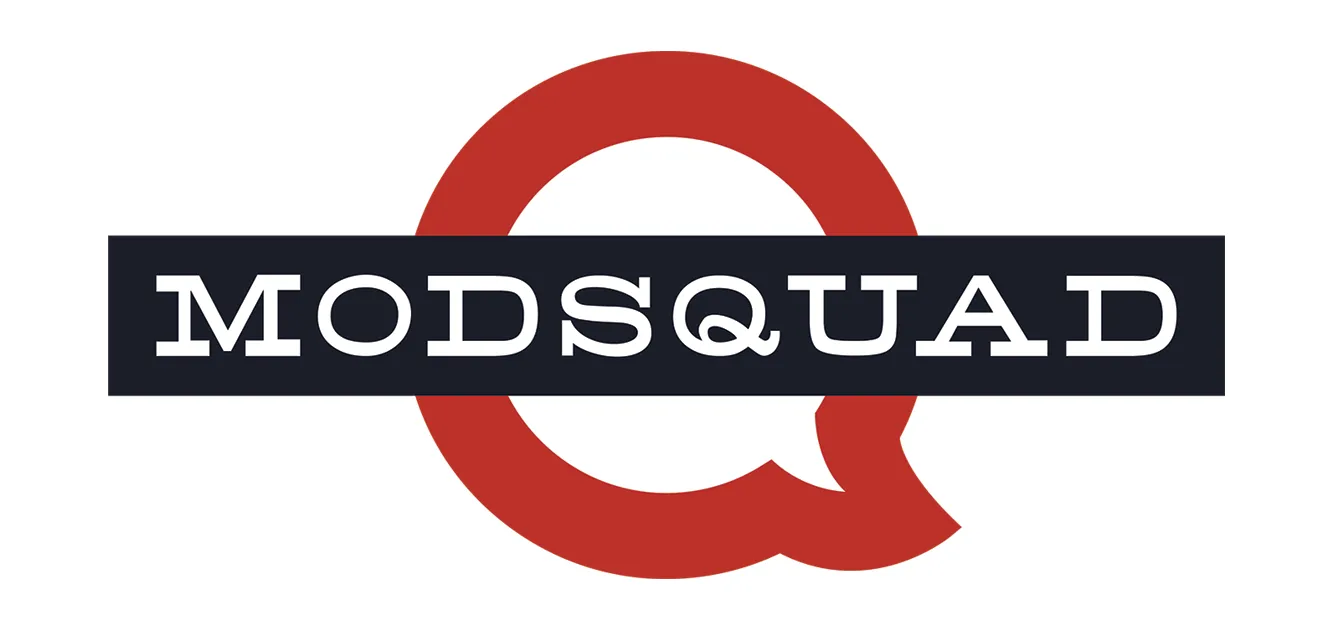
Retention, Part 37: Offer Value – And Communicate That Value
By Sanya Weathers
In writing this series on retention, I have often felt the urge to apologize for not being able to give you an instant answer to the question of retention. There aren’t really very many shortcuts, and there are no vials of magic retention potions. Sure, there are lots of things an experienced community person can do, lots of campaigns and processes that will make an immediate difference, but there’s no substitute for nailing the basics.
One of those basics is value. Are you offering your customers good value for the money? And do they know it?
Being able to compete on price is not the same thing as having the lowest priced product in your niche. Being the best value isn’t about the sheer number of features you offer. There are entire books on value, but briefly: Know your audience. Know what features are high priorities for that audience. Clearly explain what you will offer, and follow through. If no one else is offering what you offer, you can charge whatever your target audience can afford to pay. If other people are offering the same thing, you have three options – one, alter your product until you’re unique, two, charge less than the competition, or three, execute better than the competition.
As important as offering value is communicating that value to customers. It’s not that a tree falling alone in a forest doesn’t make a sound, it’s that nobody gives a damn.
For example, many readers balk at paying more for an e-book when the paperback is almost the same price. I myself was just nerdraging that a fascinating book about the Mutiny on the Bounty was available in paperback for three bucks, but getting it on my Kindle would be FOURTEEN. Seriously, WTH? But discrepancies like that aside, the fact is that the paper is not even the main cost of producing a book. Your basic paperback, found on the rack in a supermarket, didn’t cost much in ink or dead trees. The publisher paid bulk prices for the raw materials.
What publishers have failed to get across to readers is that the value of the book came from intangibles – the writing, the editing, the formatting, the marketing and distribution. Hundreds of hours of work went into the book, and everyone in that chain needs to get paid. The price of the physical object is a relatively tiny percentage of the price.
Those of us operating in the virtual realm need to express the same things. What do you offer in addition to the visible product that has value? What are you doing on behalf of customers behind the scenes that adds value to the product? What unseen elements are you spending your money on? If your customer can’t see it, it doesn’t count.
So tell me your customer service pit is manned 24/7, and show me pictures. Introduce me to the full time QA team, and show me the process running from bug report to patch. Talk about the backgrounds of your superstar writers and artists. But don’t talk about free donut day, unless you’re planning to bring me one.

